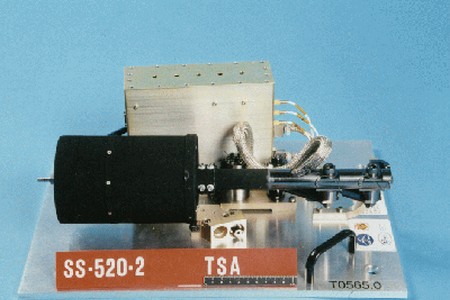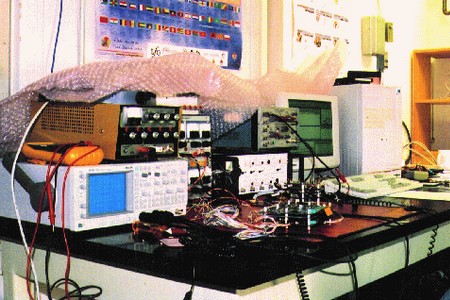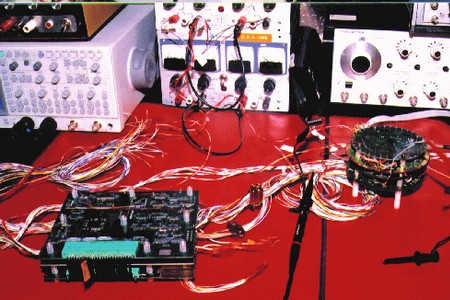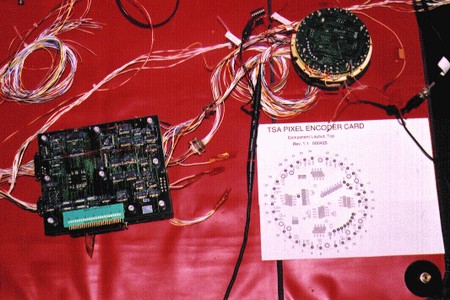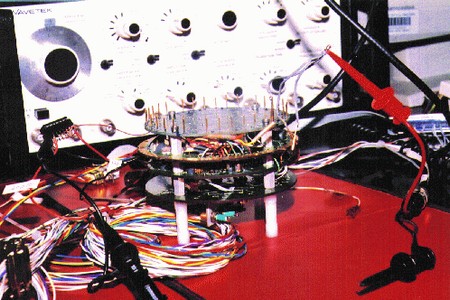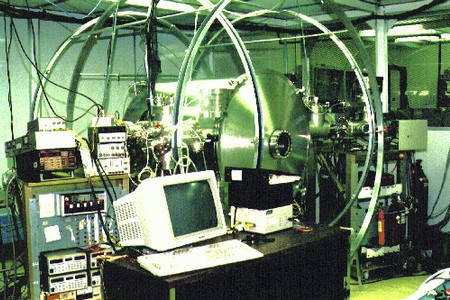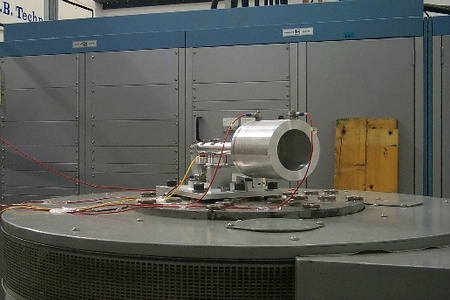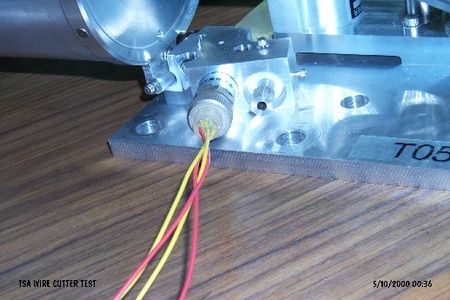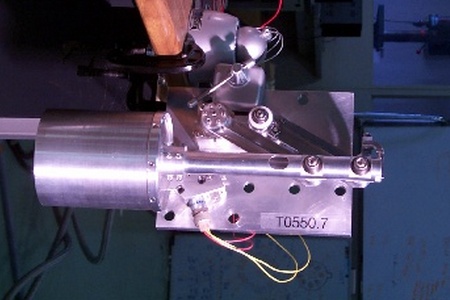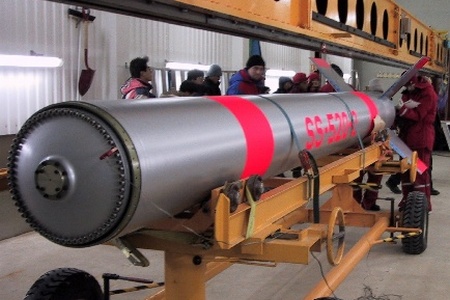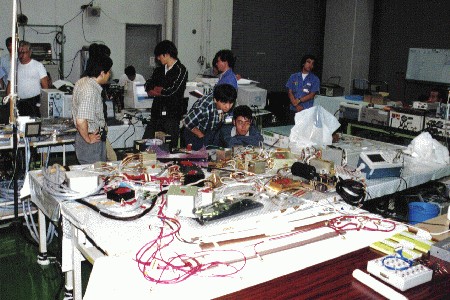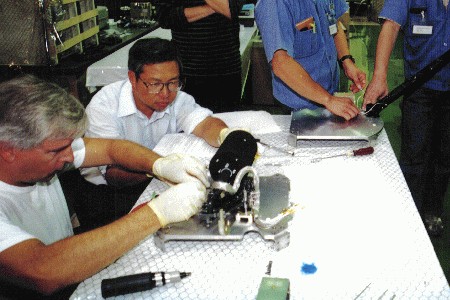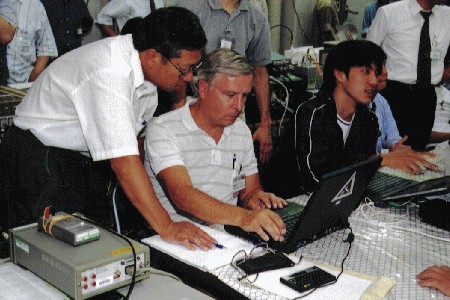SS520-2 Sounding Rocket
Launched successfully December 4, 2000 @ 09:16UT
TSA was flown on the Japanese SS520-2 sounding rocket. The SS520-2 mission was lead by the Institute of Space and Astronautical Science (ISAS). The launch, took place from the Norweigen SvalRak (79° N) launch facilities near Ny-Ålesund on the Svalbard Archipelago. Rocket launch information can be found near the bottom of this web page.
An improved version of the Nozomi Thermal Plasma Analyzer (TPA), TSA was designed to image mass and two-dimensional energy-angular distribution of ionospheric ions using a time-of-flight gate and a hemispherical-electrostatic analyzer. The instrument was designed and built at the U of C. Funding for the TSA project was provided by the Canadian Space Agency.
TSA Measurement Capabilities:
- Imaging of velocity distribution of thermal/supra thermal ions.
- Mass-resolved, 2-D distribution at 20-ms resolution.
- 0.5-20 eV/q, 1-100 AMU/q ions; all major ion species resolved.
- Plasma parameter determination
- Mass-resolved ion velocity in 2-D (20-ms resolution).
- Mass-resolved ion density, temperature, 3-D velocity (½-spin resolution).
- Specific objectives on SS520-2 rocket
- Ion flow velocity in topside cleft ionosphere (below 1000 km apogee).
- H+, He+, O+, NO+
- spin-axis component: 20-ms resolution.
- spin-plane component: 0.25-s (½-spin) resolution
- Ion flow velocity in topside cleft ionosphere (below 1000 km apogee).
CUSP Sounding Rockets Status
As Reported by SvalRak Launch Tram onsite.
| Date | Notes |
|---|---|
| November 24, 2000 | Successful rehearsal of flight operations. |
| November 25, 2000 | Launch Attempt scrubbed due to adverse wind and auroral conditions. |
| November 26, 2000 | Launch Attempt scrubbed due to cloud cover at the supporting scientific ground stations. |
| November 27, 2000 | Launch Attempt scrubbed due to high winds. |
| November 28, 2000 | Launch Attempt scrubbed due to the cusp region being located at a lower latitude than the expected SS-520-2 trajectory. The geomagnetic conditions were too active. |
| November 29, 2000 | Launch Attempt scrubbed due to adverse upper winds. |
| November 30, 2000 | Launch Attempt scrubbed due to adverse upper winds (~1 km altitude) and cloudy at the scientific optical ground stations which are supporting the SS520-2 mission. |
| December 1, 2000 | Launch Attempt scrubbed due to adverse wind conditions. |
| December 2, 2000 | Launch Attempt scrubbed due to adverse weather (heavy snow fall) and poor auroral conditions. |
| December 3, 2000 | Launch Attempt scrubbed due to the cusp region constantly shifting in and out of the expected SS-520-2 trajectory. |
| December 4, 2000 | The SS520-2 rocket was successfully launched at 09:16 UT, reaching a maximum altitude of around 1040 km. According to telemetry, the TSA boom was deployed successfully, and HV was turned on normally. |
TSA Science Team
- Andrew W. Yau (PI) - University of Calgary
- Peter V. Amerl - University of Calgary
- W. Miyake - Communications Research Laboratory (Tokyo)
- I. Yoshikawa - Institute of Space and Astronautical Science (Japan)


